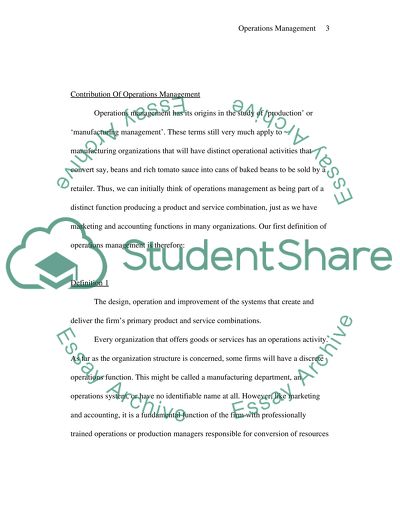Cite this document
(“Definitions of Operations Management Book Report/Review”, n.d.)
Definitions of Operations Management Book Report/Review. Retrieved from https://studentshare.org/miscellaneous/1531174-definitions-of-operations-management
Definitions of Operations Management Book Report/Review. Retrieved from https://studentshare.org/miscellaneous/1531174-definitions-of-operations-management
(Definitions of Operations Management Book Report/Review)
Definitions of Operations Management Book Report/Review. https://studentshare.org/miscellaneous/1531174-definitions-of-operations-management.
Definitions of Operations Management Book Report/Review. https://studentshare.org/miscellaneous/1531174-definitions-of-operations-management.
“Definitions of Operations Management Book Report/Review”, n.d. https://studentshare.org/miscellaneous/1531174-definitions-of-operations-management.


